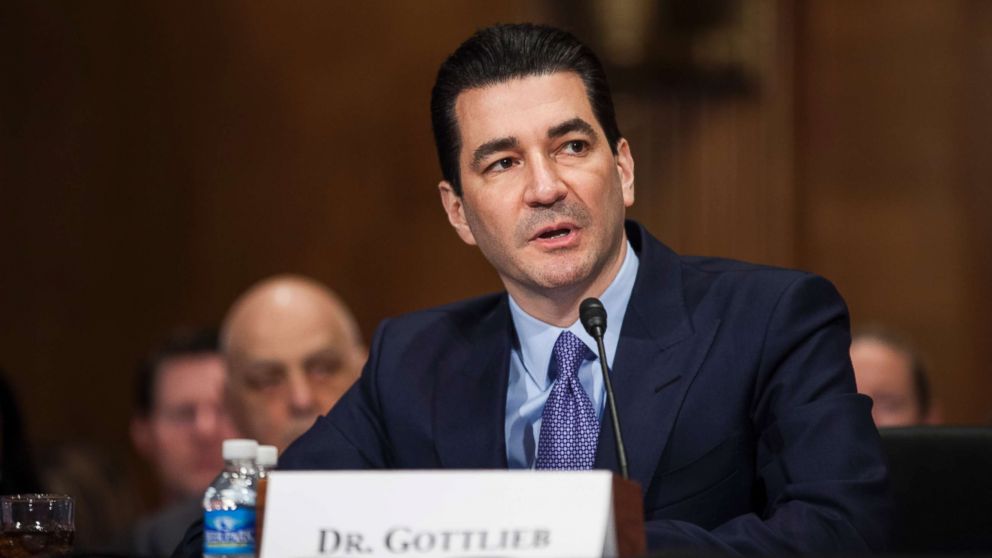
Peter Zeihan: Why Do the Democrats Keep Losing Ground?
The future of the Democratic Party in the US isn’t looking too bright. When strategy and targeting don’t change for over half a century, I…
Thought Leader: Peter Zeihan

By Scott Gottlieb (original source Wall Street Journal)
“The novel coronavirus now epidemic in China has features that may make it very difficult to control. If public-health authorities don’t interrupt the spread soon, the virus could infect many thousands more around the globe, disrupt air travel, overwhelm health-care systems, and, worst of all, claim more lives. The good news: There’s still an opening to prevent a grim outcome.
China failed to contain the virus early. More cases in the U.S. are inevitable. Experience with the 2009 H1N1 flu pandemic suggests that emergency measures such as school closures and border screening—in place at 20 U.S. airports—can at most buy time. Several traits of the virus make border surveillance less effective. It results in a respiratory illness that looks like many other diseases. Some infected people won’t show symptoms while they’re traveling. Checkpoints don’t have tests that can diagnose the virus rapidly.
The U.S. government’s actions to prevent the virus from entering the country are valuable, and there aren’t many good options in such early stages of crisis response. But it’s time for additional measures. As more U.S. cases develop, the strategy needs to incorporate another goal: preventing transmission of the coronavirus within the U.S. Four important steps now could help.”
Click here to read more
Peter Zeihan: Why Do the Democrats Keep Losing Ground?
The future of the Democratic Party in the US isn’t looking too bright. When strategy and targeting don’t change for over half a century, I…
Thought Leader: Peter Zeihan
Peter Goodman: His Start-Up May Not Survive Trump’s Tariffs
A sourdough baker turned entrepreneur in North Carolina has delayed his new product as he contemplates the prospect that higher costs will doom his company.…
Thought Leader: Peter Goodman
Patrick McGee: Is Tim Cook the Right or Risky Choice for Apple?
Deepwater’s Gene Munster and author of ‘Apple in China’ Patrick McGee, join ‘The Exchange’ to discuss whether Apple needs a new CEO and what needs…
Thought Leader: Patrick McGee

